Thanks to the Friends of the Princeton University Library, the graphic arts collection is the fortunate new owner of a complete run of Wiener Photographische Blätter, edited by Franz Schiffner (Wien: Herausgegeben von Wiener Camera-Klub, 1894-1898), 60 issues in 5 quarto volumes. The letterpress text is profusely illustrated with images in a variety of mediums including photogravures (many with chine-collé), lichtdrucks (collotypes), gelatino-chloride prints (printing-out-papers), early half-tones, stereographs, and rotogravures.
In 1891 the Austrian Club der Amateur Photographen, founded specifically to foster relationships with photography clubs around the world, held the first International Exhibition of Photography in Vienna. Two years later, the organization simplified its name to Wiener Camera-Klub (Vienna Camera Club) and began publishing a lavish monthly magazine called Wiener Photographische Blätter, which continued until 1898.
This sumptuous journal offered scholarly articles relating to technical and aesthetic aspects of photography in addition to photographic plates, including photogravures by Robert Demachy (1859-1936), Alfred Stieglitz (1864-1946), Heinrich Kuehn (1866-1944), and Baron Adolph de Meyer (1868-1946). Less studied but influential artists and wealthy amateurs are also represented, such as John Bergheim, Ludwig David, Dr. Hugo Henneberg, L. Hildesheimer, Baron Nathaniel de Rothschild, Baron Albert de Rothschild, A.R. Von Loehr, Dr. Federico Mallmann, Eduard Marauf, Philipp Ritter Von Schoeller, R. Severinski, Robert Ritter Von Stockert, Julius Strakosch, Oberst K. Sužnević, Carl Ulrich, Hans Watzek, and B. Widimsky.
Thirty-year-old Alfred Stieglitz was captivated and offered four of his best negatives, including Wet Day on the Boulevard; Waiting for the Return; Winter, Fifth Avenue, which he was selling for $75 each; and The Net Mender, his personal favorite at the time. Late in 1897 (perhaps under that influence of Wiener Photographische Blätter), Stieglitz began to hand-pull his own photogravures for his first portfolio, Picturesque Bits of New York and Other Studies (held in the Princeton University Art Museum). In addition, the Austrian journal would have a profound influence Stieglitz’s serial publications, when he issued photogravure plates as editor of Camera Notes and later his own journal Camera Work.
The Graphic Arts Collection holds a complete set of Camera Notes (1897-1903) and a complete set of Stieglitz’s quarterly journal Camera Work (1903-1917), both given to Princeton University by David H. McAlpin, Class of 1920. In addition, we hold a second incomplete set of Camera Work given by Georgia O’Keeffe (1887-1986).
In his 1978 book The Collection of Alfred Stieglitz: Fifty Pioneers of Modern Photography, J. Paul Getty Museum photography curator emeritus Weston Naef writes, “In January the first issue of the Wiener Photographische Blätter appeared, edited by F. Schiffner and published by the Camera-Klub in Wien with seventeen original photogravures by Hugo Henneberg, Hans Watzek, F. Mallman, J. S. Bergheim, and Adolph Meyer. Each gravure was printed with an ink of a different tone, and some like Meyer’s were mounted on colored paper, making this among the most carefully produced photography periodicals published anywhere in the world.”
Our sincere thanks to the Friends of the Princeton University Library.
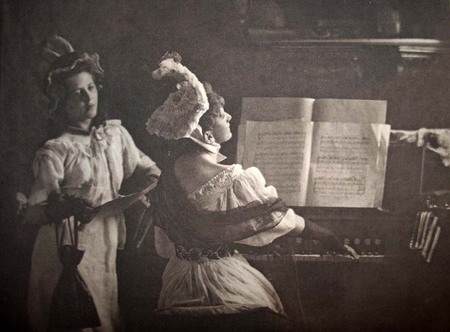
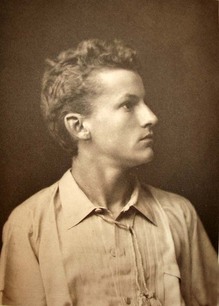
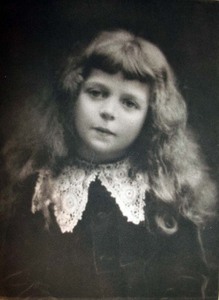
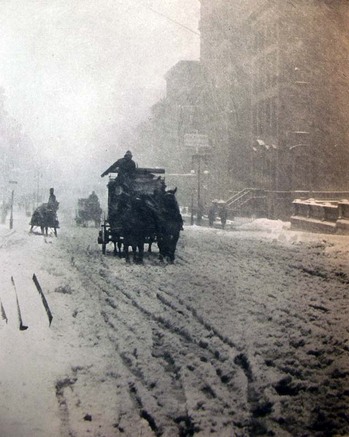
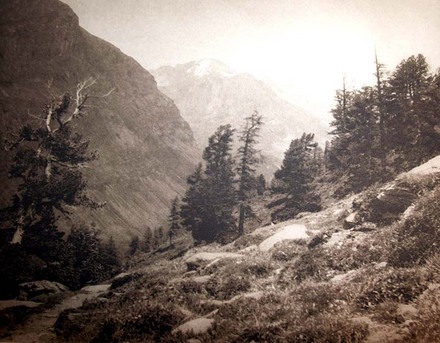
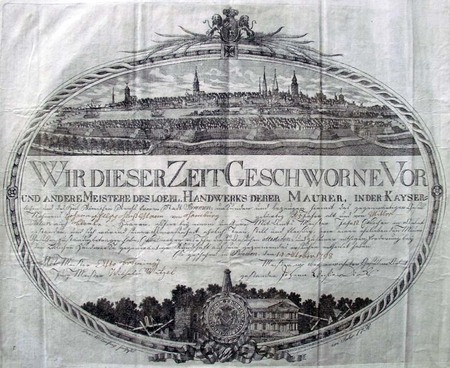
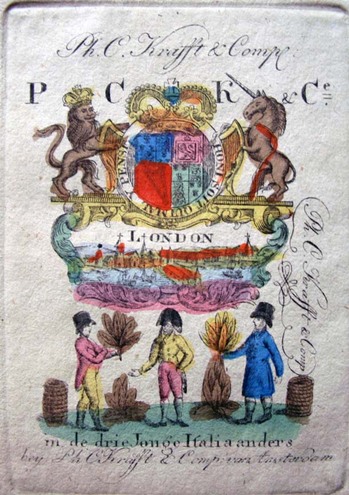
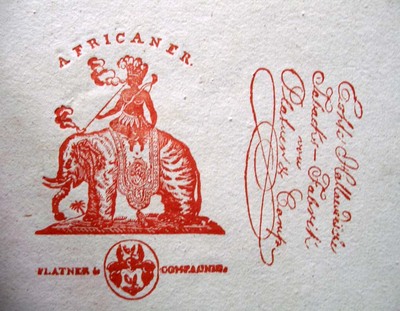
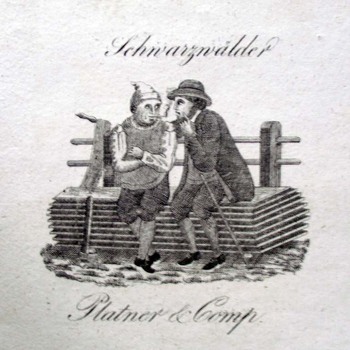
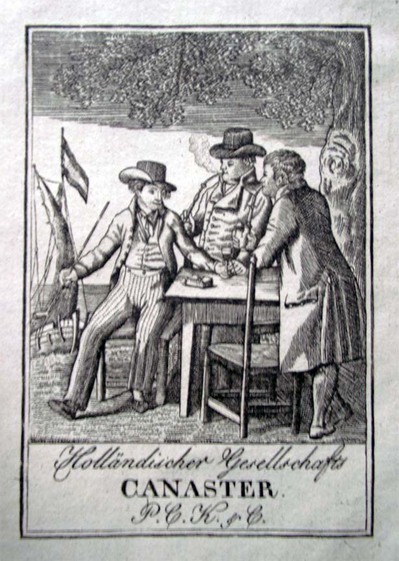
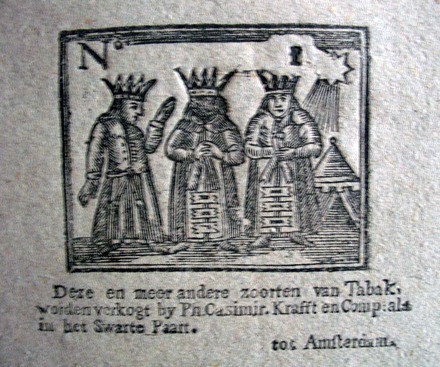
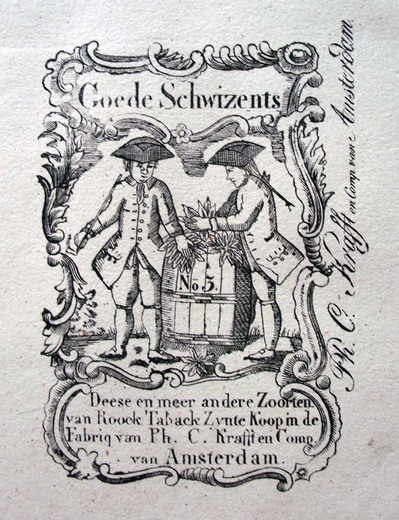
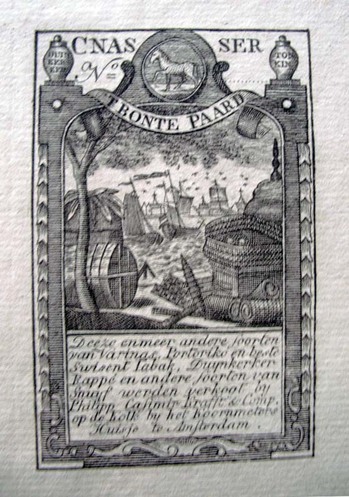
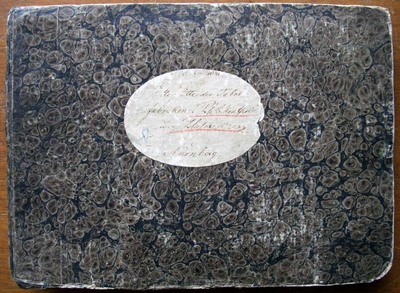
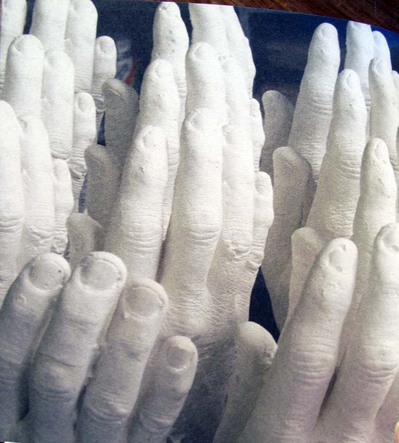

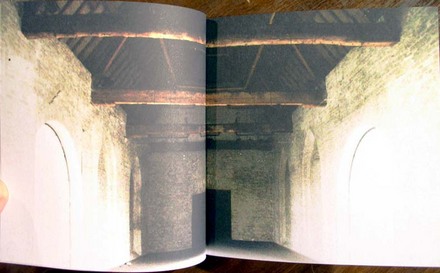
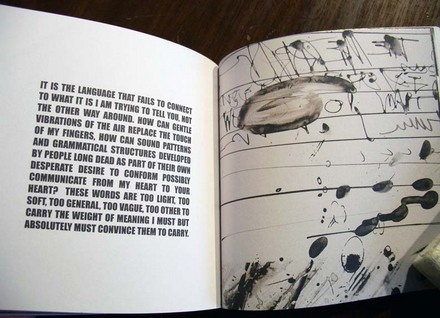

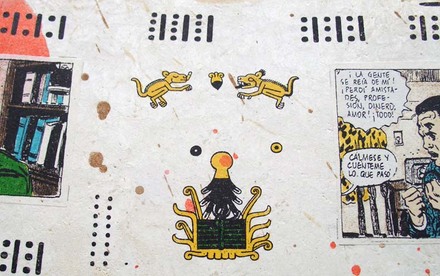
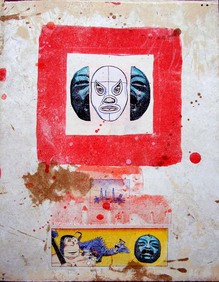
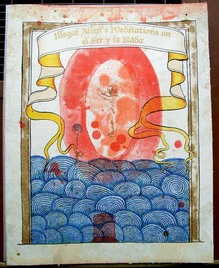
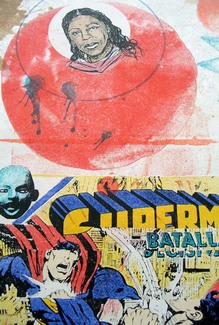
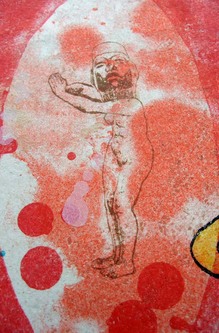

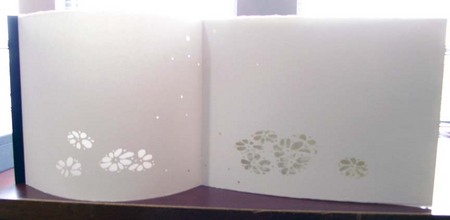
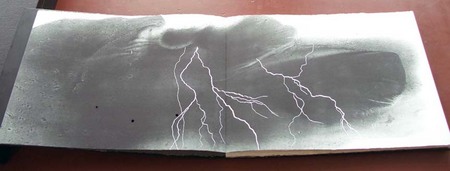
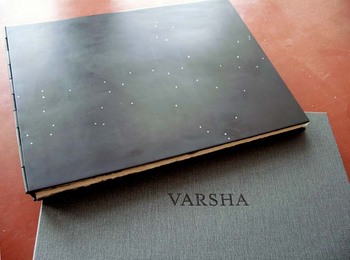
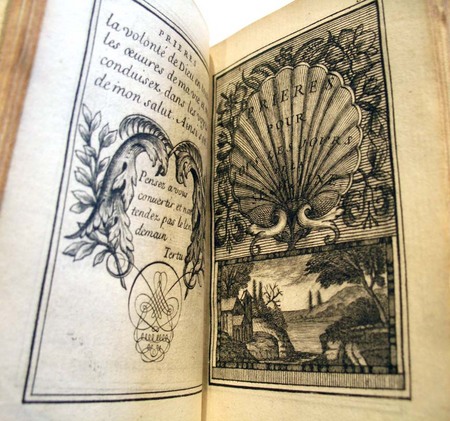
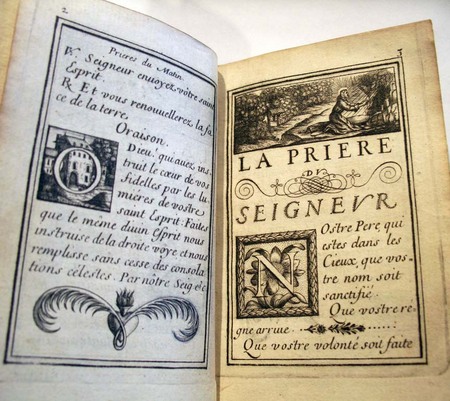
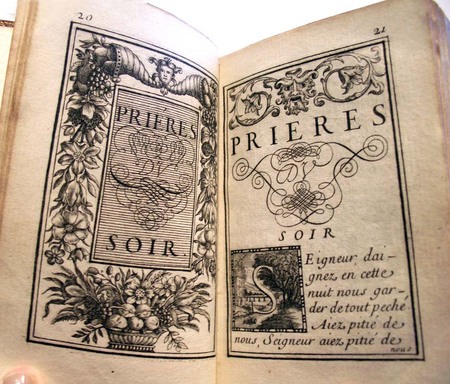
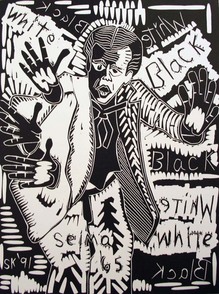
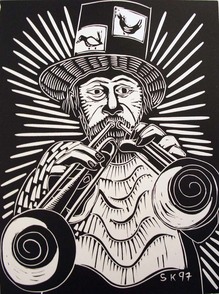
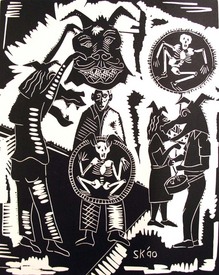
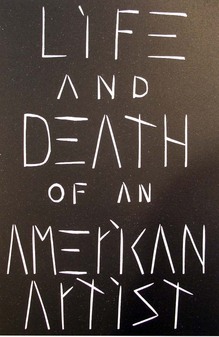
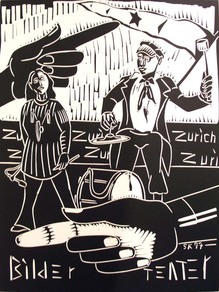


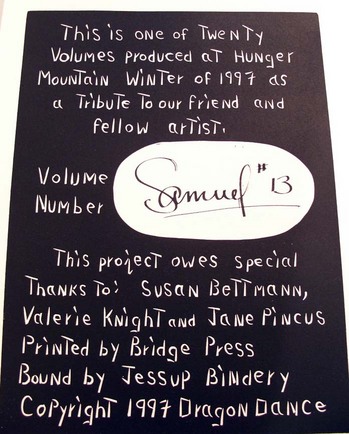
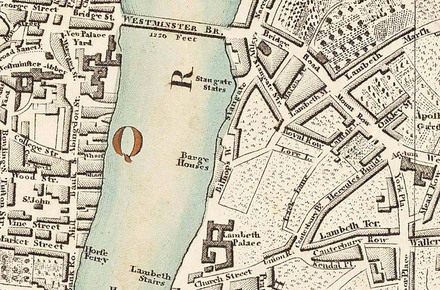
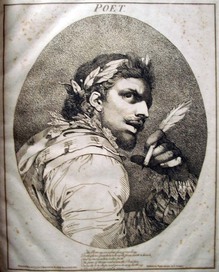
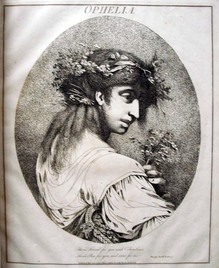
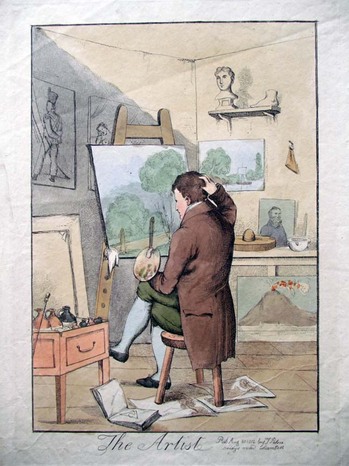
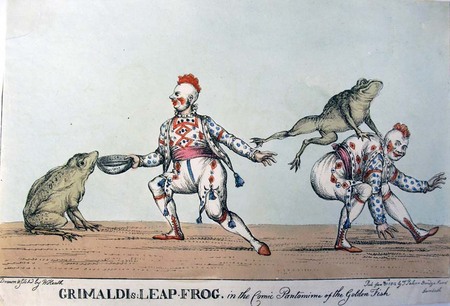
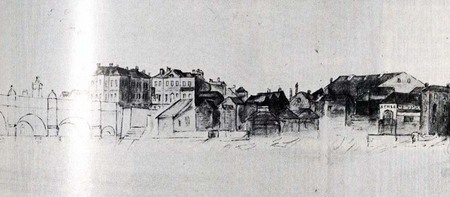
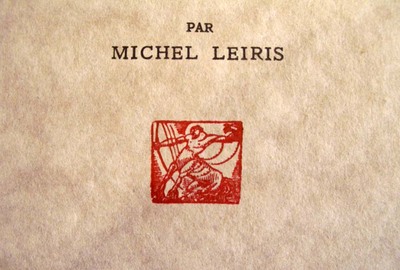
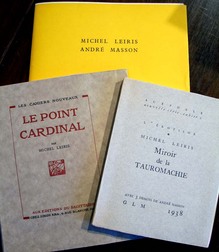
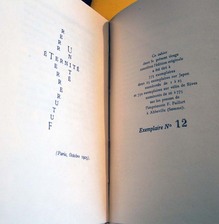
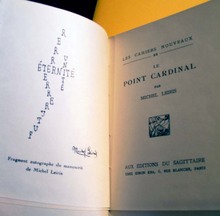
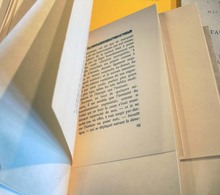
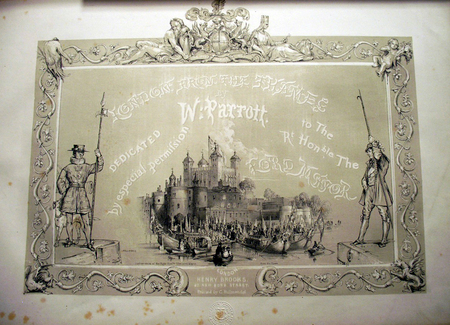
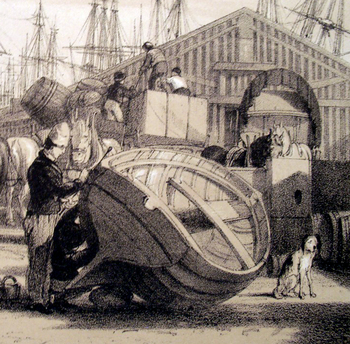
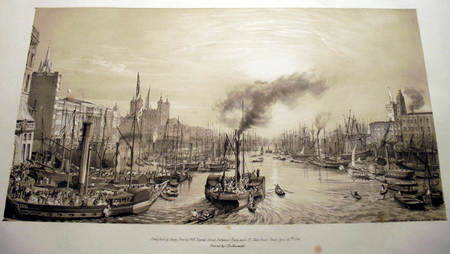
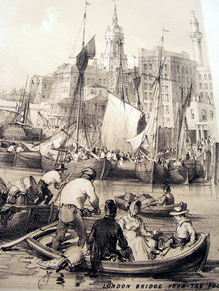
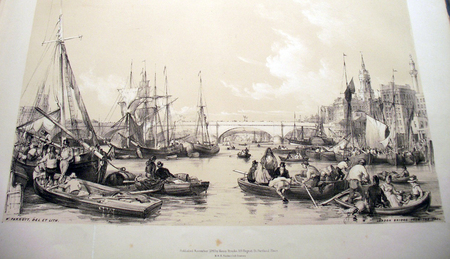
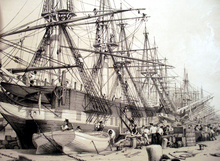
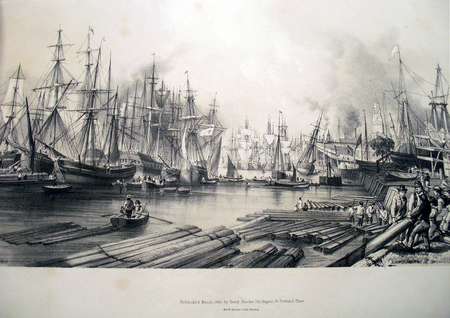
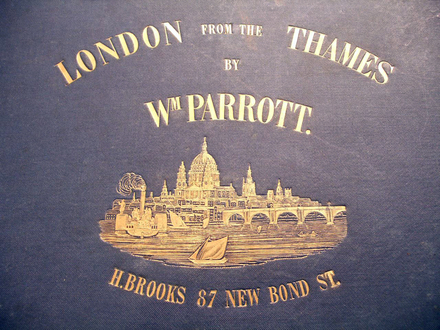
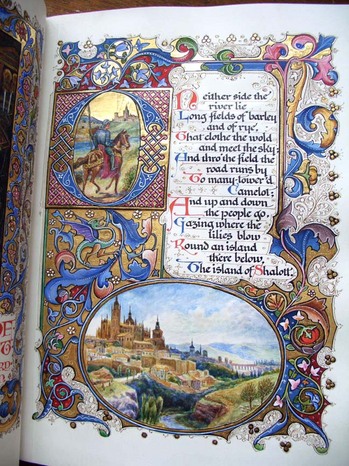
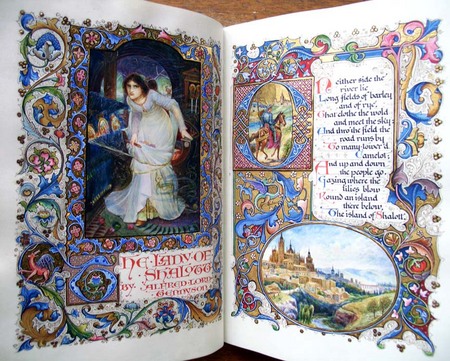
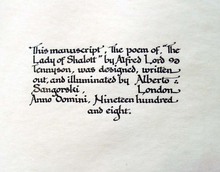
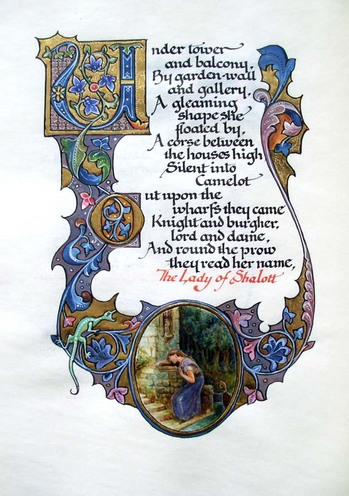
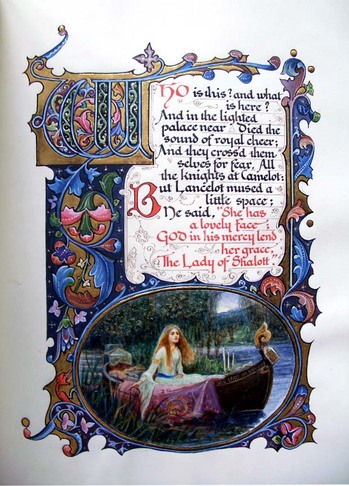
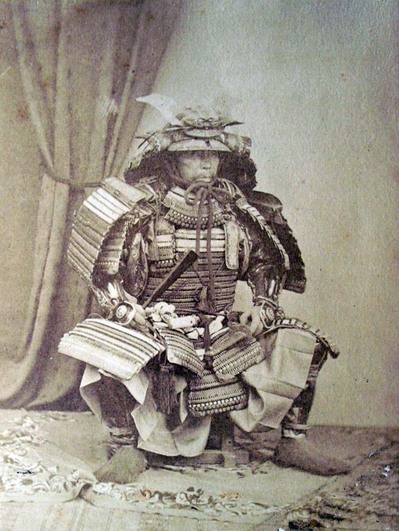
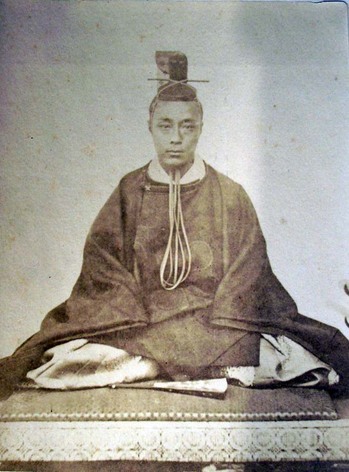

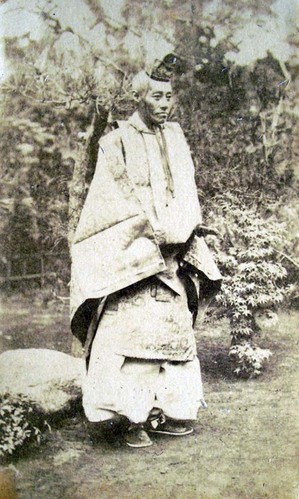
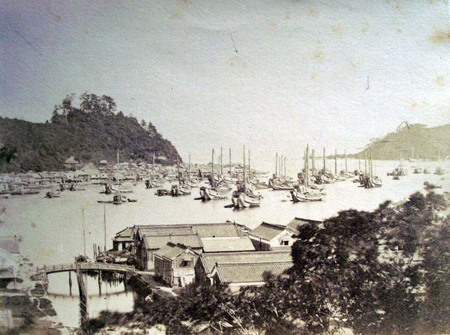
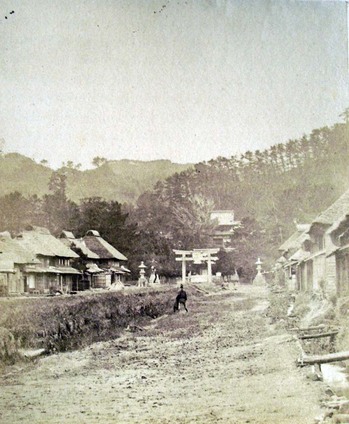
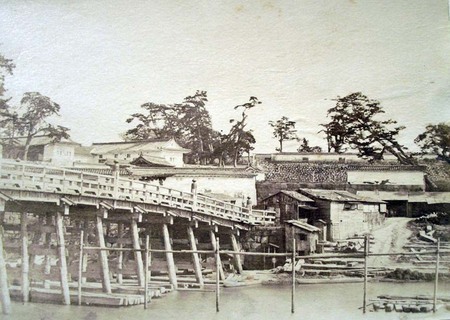
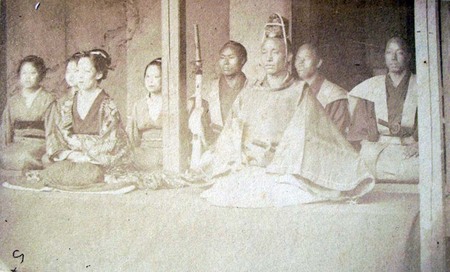
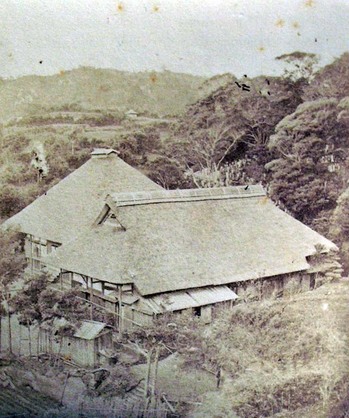
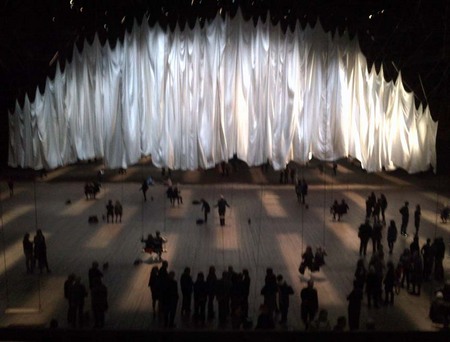
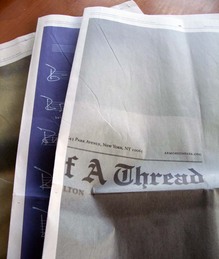
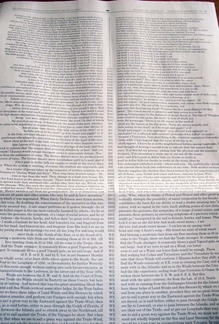
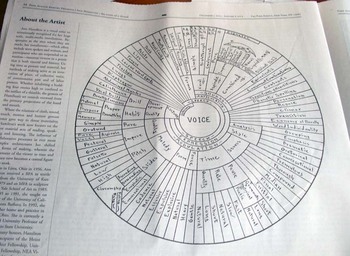
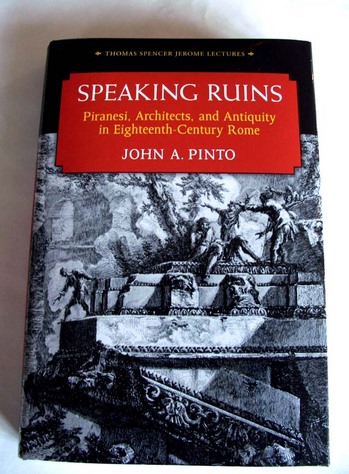
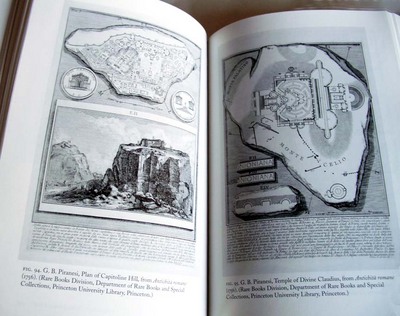
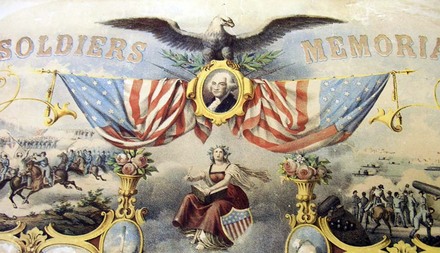
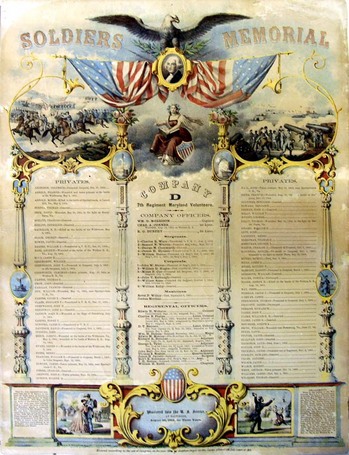
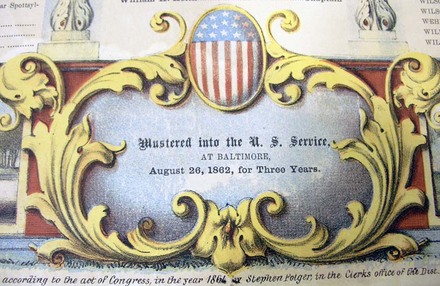
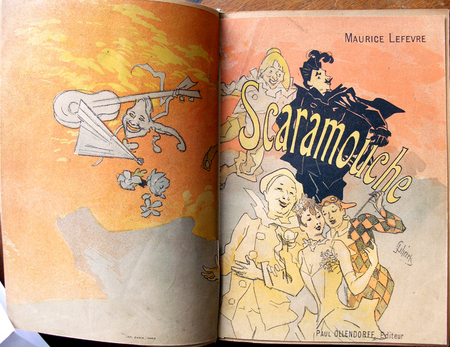
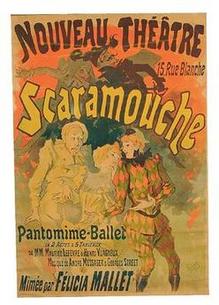
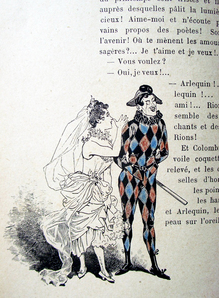
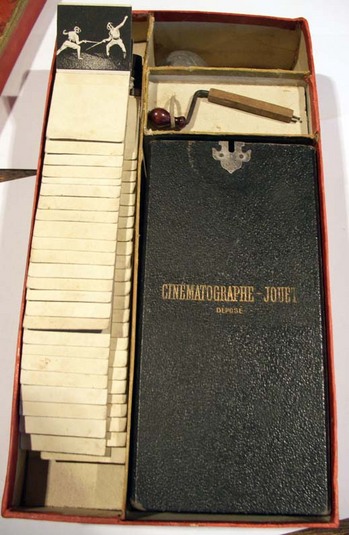
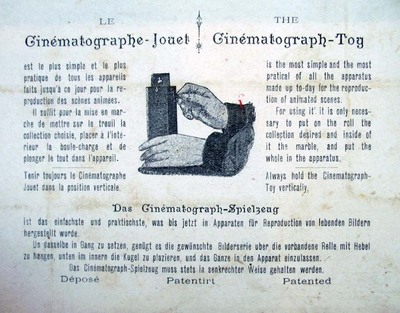
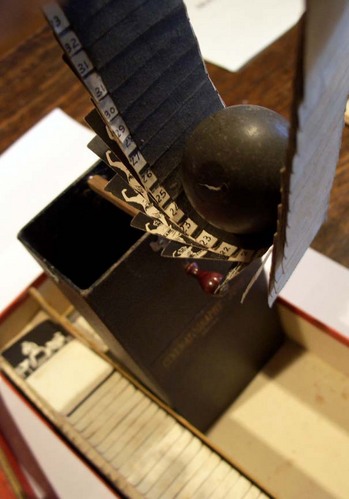
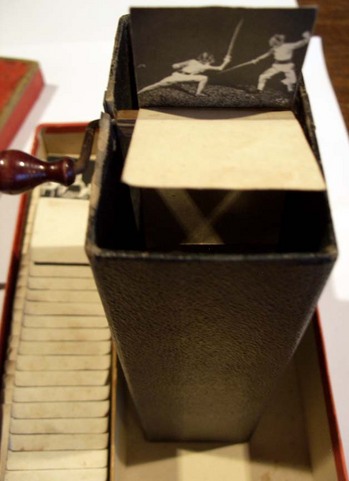
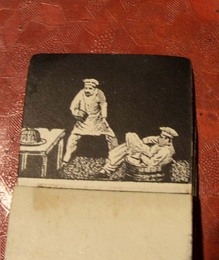
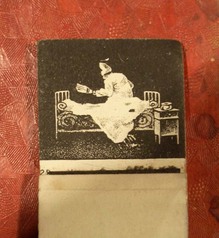
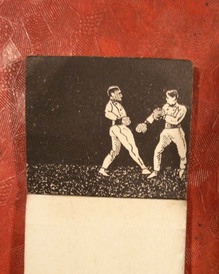
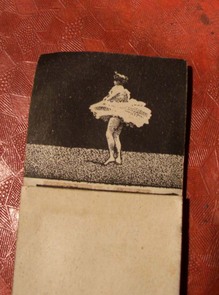
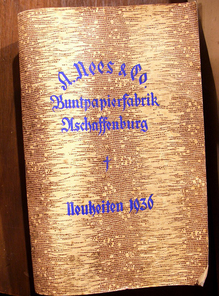
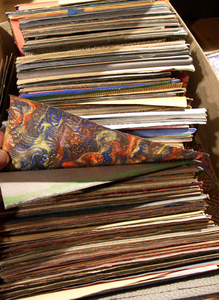
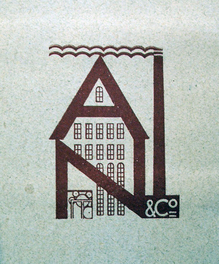

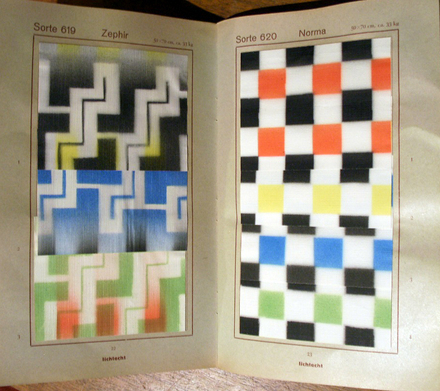
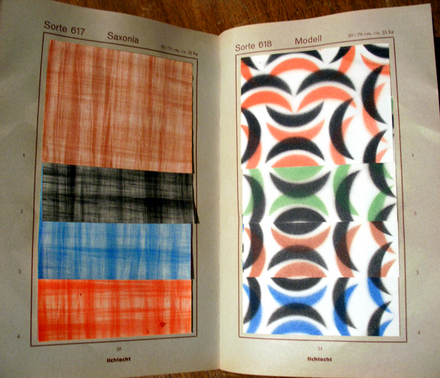
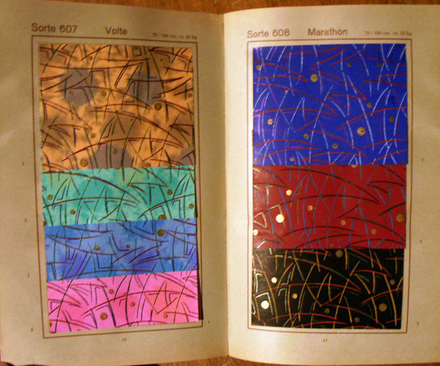
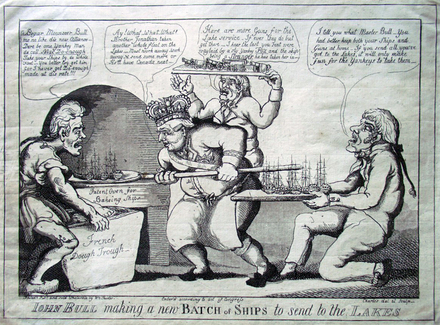
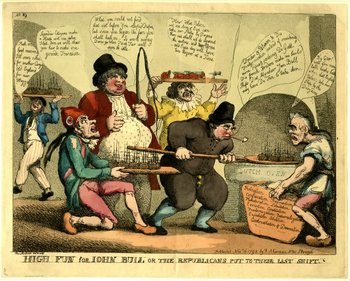
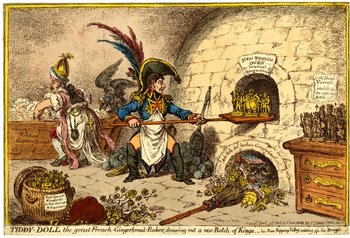
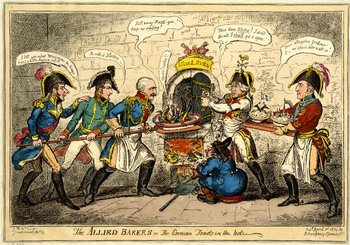
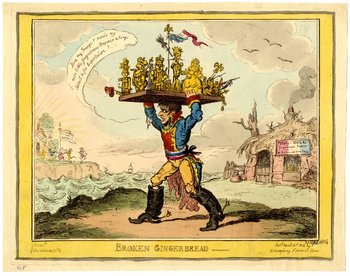
Recent Comments